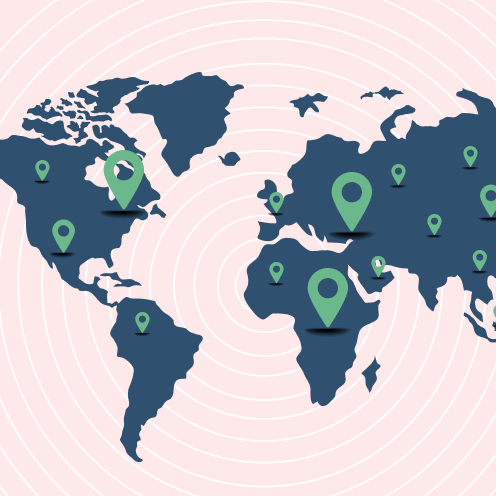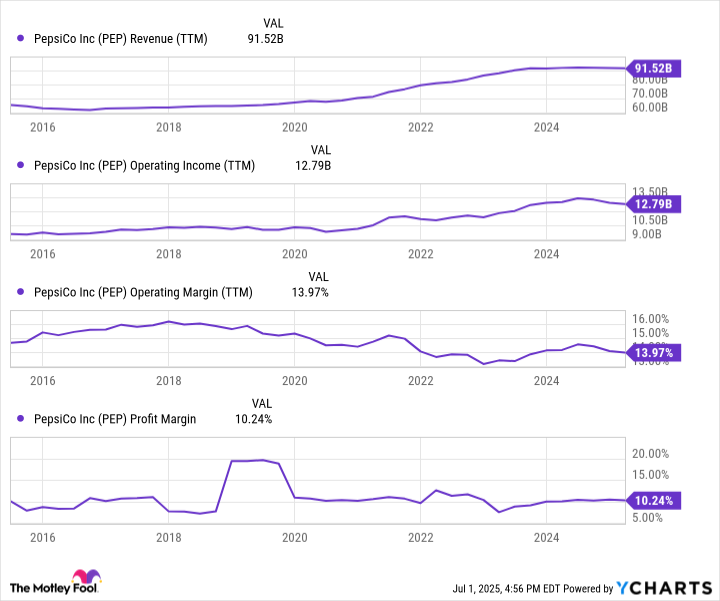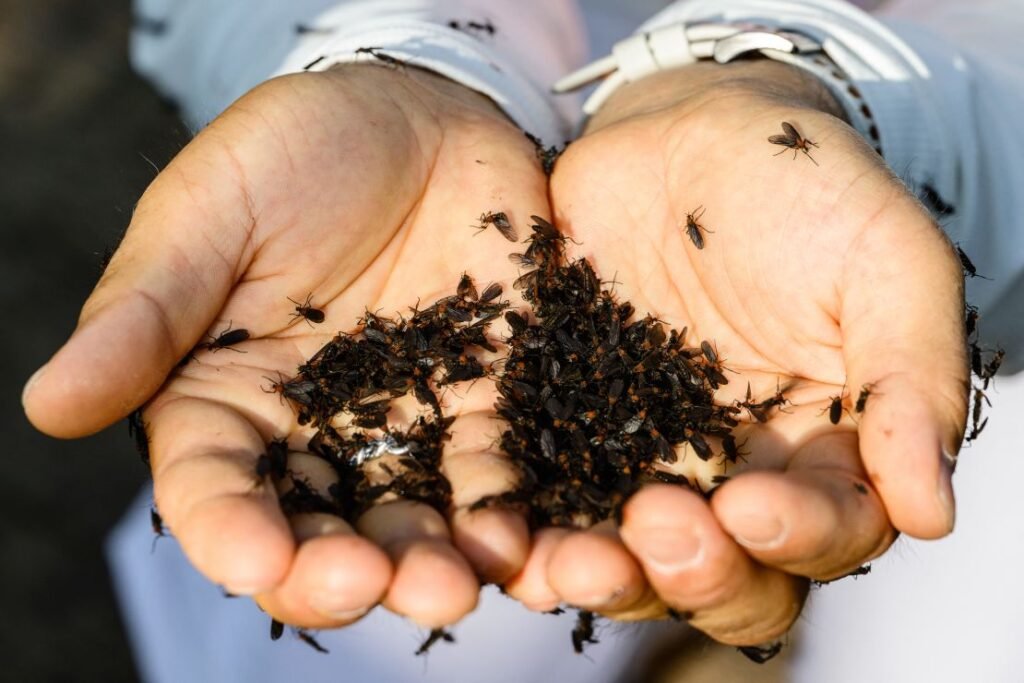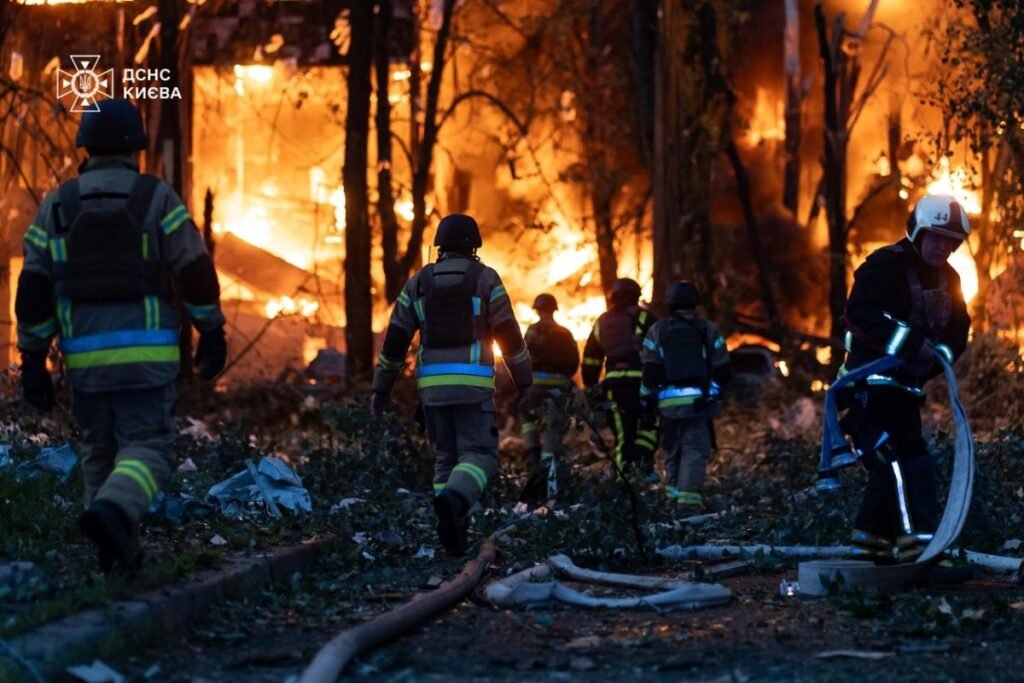CNN
—
Stone Age humans living by a lake in what’s now Germany systematically processed animal carcasses for fatty nutrients — essentially running what scientists describe as a “fat factory” to boil bones on a vast scale, according to new research.
Archaeologists uncovered the factory by analyzing some 120,000 bone fragments and 16,000 flint tools unearthed over several years at a site known as Neumark-Nord, south of the city of Halle, they reported in a study published Wednesday in the journal Science Advances. Excavators found the artifacts alongside evidence of fire use.
The researchers believe that Neanderthals, an extinct species of human known to have lived in that area as far back as 125,000 years ago, smashed the marrow-rich bones into fragments with stone hammers, then boiled them for several hours to extract the fat, which floats to the surface and can be skimmed off upon cooling.
Since this feat would have involved planning hunts, transporting and storing carcasses beyond immediate food needs, and rendering the fat in an area designated specially for the task, the finding helps paint a picture of the group’s organization, strategy and deeply honed survival skills.
“This attitude that Neanderthals were dumb — this is another data point that proves otherwise,” said Wil Roebroeks, study coauthor and professor of Paleolithic archaeology at Leiden University in the Netherlands.
A string of archaeological discoveries in recent decades have showed that Neanderthals were smarter than their original brutish stereotype might suggest. The ancient humans lived across Eurasia and disappeared 40,000 years ago, and previous studies have found they made yarn and glue, engraved bones and cave walls, and assembled jewelry from eagle talons.
Details in the new research suggest that Neanderthals may have been unexpectedly sophisticated in their approach to nutrition, too.
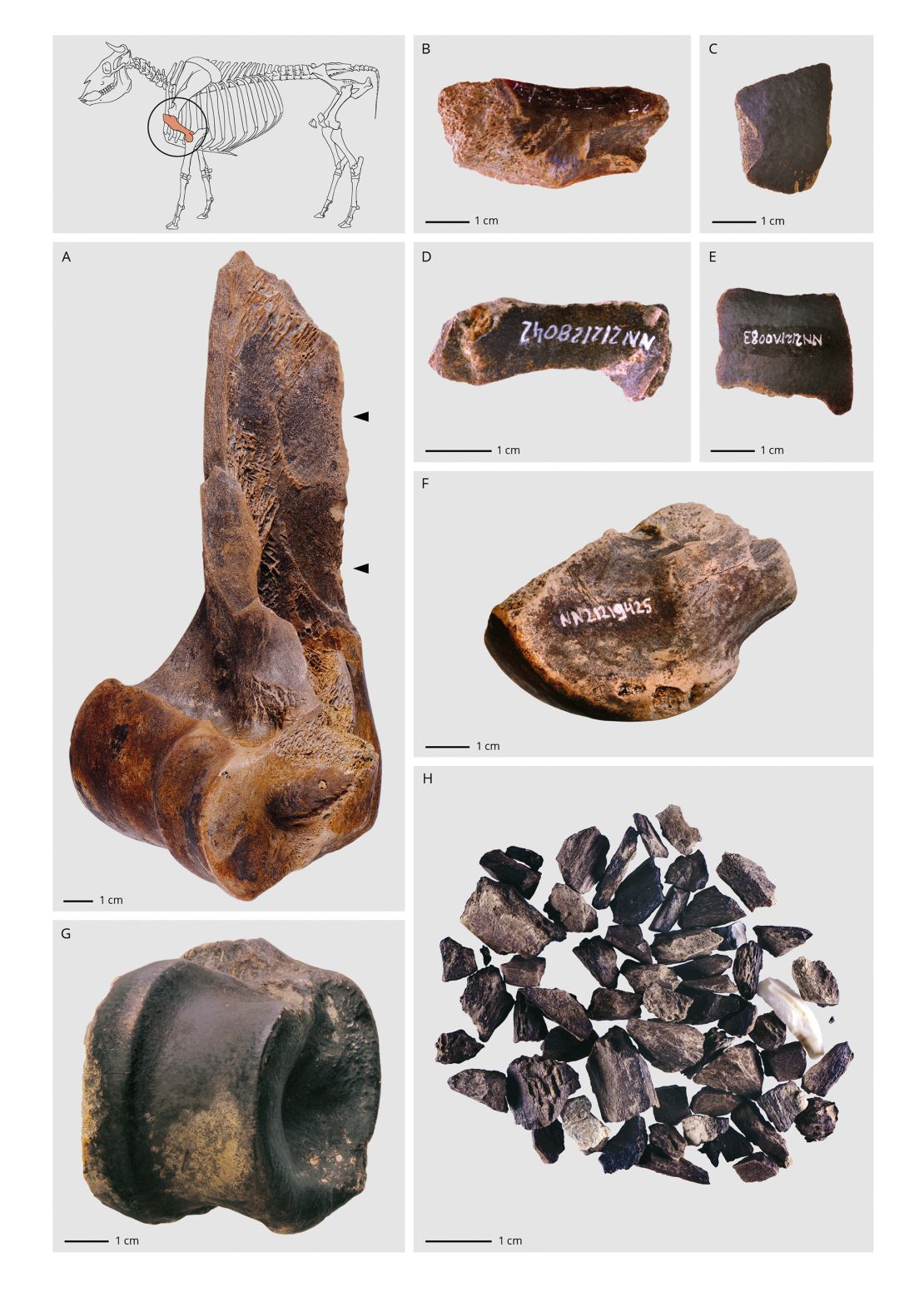
The Neanderthals living at the German site over a 300-year period also clearly understood the nutritional value of the bone grease they produced, according to the study.
A small amount of fat is an essential part of a healthy, balanced diet. The substance was even more essential for hunter-gatherers, such as Neanderthals, who likely depended heavily on animal foods.
A diet dominated by lean meat and deficient in fatty acids can lead to a debilitating and sometimes lethal form of malnutrition, in which the capacity of liver enzymes to break down the protein and get rid of excess nitrogen is impaired, the researchers noted in their paper. Known today as protein poisoning, the condition earned a reputation among early European explorers of North America as “rabbit poisoning” or “mal de caribou.”
Hunter-gatherers such as Neanderthals, with average body weights between 50 kilograms and 80 kilograms (110 pounds and 175 pounds), would have had to keep their consumption of dietary protein below 300 grams (about 10 ounces) per day to avoid the condition. That amounts to around 1,200 calories — a level of intake far short of daily energy needs, according to the research. As a result, the Neanderthals likely needed to source the remaining calories from a nonprotein source, either fat or carbohydrate.
Cuts of meat from animal muscle contain very little fat, making bones — which contain marrow and other fatty tissue even when an animal is malnourished — a more important resource.
The researchers discovered that the overwhelming majority of remains at the site came from 172 individual large animals, including horses, deer and aurochs, large cow-like creatures that are now extinct. Neanderthals had selected the longest bones that would have contained the most marrow, the study found.
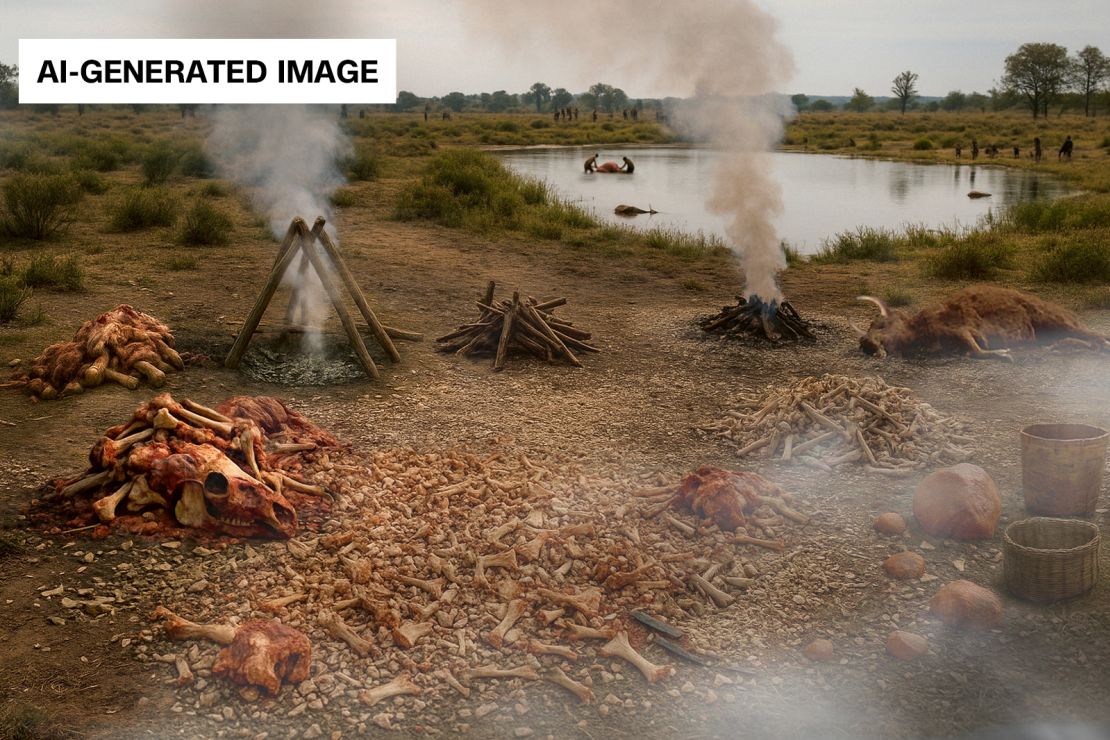
Exactly how the Neanderthals processed the bones isn’t clear, according to the study authors. The ancient humans likely fashioned containers or pots from birch bark, animal skins or other body parts such as stomach linings, filling them with water and hanging them over a fire, Roebroeks said.
Neanderthals could have consumed the fat they produced as a “greasy broth” to which plants may have been added for flavor as well as nutritional value, suggested study coauthor Geoff Smith, a senior researcher in zooarchaeology at the University of Reading. The charred remains of hazelnut, acorn and sloe plum were also found during the excavations, he noted.
“These weren’t simple hunter-gatherers just getting by day to day — they were master planners who could look ahead, organise complex tasks, and squeeze every last calorie from their environment,” Smith said.
The findings are “exciting,” according to Ludovic Slimak, an archaeologist at the French National Centre for Scientific Research (CNRS) and Paul Sabatier University in Toulouse, France. Slimak wasn’t involved in the study.
“They finally offer clear archaeological confirmation of what many of us had long suspected: that Neanderthals not only valued within-bone lipids but developed specific strategies to extract and process them,” said Slimak, who is the author of the “The Last Neanderthal,” which will be published in English later this year.
“This aligns closely with the broader archaeological record, which shows Neanderthals as highly skilled big-game hunters with a refined sense of ecological adaptation,” he added.
The Neumark-Nord site is “the best example yet of bone-grease rendering,” from this period of the Stone Age, said Bruce Hardy, the J. Kenneth Smail Professor of Anthropology at Kenyon College in Gambier, Ohio. Hardy also was not involved in the research.
“The combination of evidence presented here at Neumark-Nord is impressive,” Hardy said. “It may well represent the smoldering gun, or simmering bone broth, of Neanderthal bone-grease rendering.”

